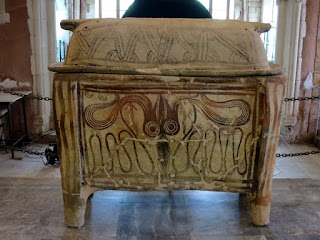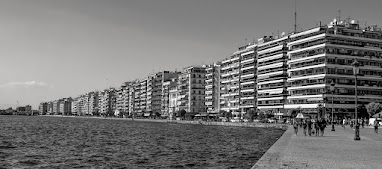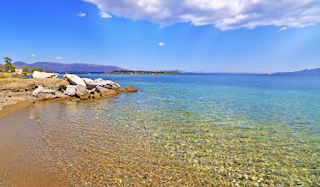5 Reasons To Visit Chania
During your stay hotels chania in beautiful Crete island and specifically in the most beautiful city of Chania in many opinion, it is worth visiting the following sights of historical interest. During your visit you will feel that you are coming closer to this unique place and its historical heritage and you will understand why apart from its incomparable natural beauty and hospitable atmosphere it is considered a unique place.
Below we list
5 points that are worth spending time and visiting.
2- The Archaeological Museum of Chania
is located next to the Venetian port of the city and is housed in the
katholikon of the old Venetian monastery of St. Francis of the Franciscans. Its
exhibition is divided into two major sections: in the eastern part are
exhibited findings from the Neolithic period to the Late Minoan period and in
the western part with objects from the geometric period to the Roman years. Each
showcase houses items that are sorted either by location or by category. The
collections include Minoan finds from the city and the prefecture, prehistoric
finds from caves, finds from tombs of the geometric period, finds from
historical times from the city of Chania and from various other cities of the
Prefecture, coins, jewelry (prehistoric and historical times) , sculptures,
inscriptions, columns, mosaics.
3- At the entrance of the Port of Chania
is the Fortress Firkas where on December 1, 1913 the Greek flag was raised
sealing the Union of Crete with mother Greece. This fortress houses the
Maritime Museum of Crete, which was founded to preserve the country's naval
traditions. It was inaugurated on May 27, 1973, which coincided with the 32nd
anniversary of the Battle of Crete. It is the second Naval Museum in Greece in
terms of age and potential.
4- The
lighthouse of the old port of Chania is the most recognizable point of the
city, posing to all travel guides of Crete. The history of this lighthouse
dates back a long time, although it took its current form from the Egyptians in
the 19th century.
Image Source: https://www.flickr.com/photos/83833206@N00/14328354589




Σχόλια
Δημοσίευση σχολίου